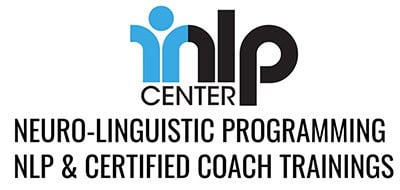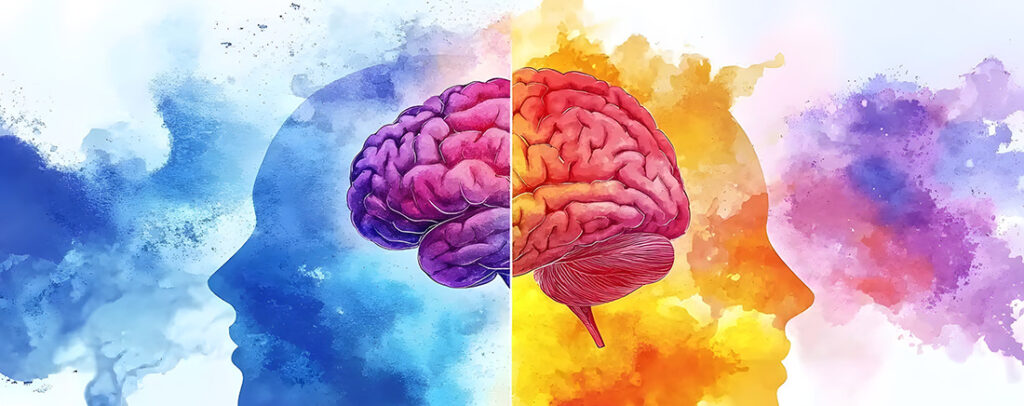The iNLP Center’s approach to Neuro-Linguistic Programming (NLP) places a strong emphasis on developing mental flexibility, also known as psychological or cognitive flexibility. This crucial skill is about the ability to adapt your thinking, perspective, and behavior in response to new information, changing circumstances, or challenging situations. It’s a cornerstone of resilience and success, allowing individuals to navigate life’s complexities with greater ease and effectiveness.
NLP provides a practical toolkit for cultivating this adaptability by working with the underlying structures of thought and communication. Here’s how it helps develop mental flexibility:
Understanding and Shifting Representational Systems (VAK):
A core NLP concept is that we process information through our primary sensory systems: Visual (what we see), Auditory (what we hear), and Kinesthetic (what we feel). The iNLP Center’s training, including workshops like the “VAK and the 12 States of Attention,” teaches individuals to identify their preferred representational system and, more importantly, to consciously shift between them. For example, if someone is stuck in a purely visual, critical loop, they might be guided to access the kinesthetic feeling of accomplishment or the auditory encouragement of a supportive voice. This ability to “change channels” in their internal experience directly enhances mental flexibility, allowing for new insights and solutions.
Exploring Perceptual Positions:
NLP encourages individuals to step into different “perceptual positions.” This involves seeing a situation from their own perspective (1st position), from another person’s perspective (2nd position), and from a detached, objective observer’s perspective (3rd position). By systematically moving through these positions, individuals gain a much broader and more nuanced understanding of a situation, reducing rigidity in their thinking and opening up a wider range of response options. This is invaluable in conflict resolution, empathy building, and strategic planning.
The Power of Reframing:
Reframing is a fundamental NLP technique that involves changing the context or meaning of an experience without changing the facts. For instance, a “failure” can be reframed as a “learning opportunity.” The iNLP Center teaches how to apply various reframes to shift one’s emotional and behavioral response to events. This directly fosters mental flexibility by demonstrating that our interpretation of reality, rather than reality itself, often dictates our experience, and that we have the power to choose more empowering interpretations.
Belief-Out Framing and Transforming Limiting Beliefs:
Many of our rigid mental patterns stem from deeply held, often unconscious, limiting beliefs. The iNLP Center’s “Belief-Out Framing” technique, for example, helps clients identify these restrictive beliefs and then “step outside” them to examine them objectively. By treating beliefs as editable stories rather than fixed truths, individuals learn to challenge and transform them. This process directly dismantles mental rigidity, freeing up cognitive space for new possibilities and aligned action.
Managing Internal States and Physiology:
NLP recognizes the strong connection between mind and body. Techniques that help individuals manage their internal states (emotions, thoughts) and physiology (posture, breathing) can profoundly impact mental flexibility. When someone is in a resourceful, flexible state, they are more capable of creative problem-solving and adapting to change.
By integrating these and other NLP techniques, the iNLP Center’s NLP training programs empower individuals to become more agile in their thinking, more adaptable in their responses, and ultimately, more resilient and successful in all areas of their lives.



